I have owned two Toyotas that were purely for parts only, in 2006 I bought a rusty 1989 4runner for $500. A few years later I traded a little bit of yard work for an also rusty 1988 4runner.
1989 4runner SR5 22RE Auto
I like to think of that old, rusty runner as the gift that kept on giving. Not only did I get an entire fuel injection system and all the supporting parts to upgrade my 1984 Xtra Cab from carburetor to fuel injection, I also got air conditioning and I swapped the narrower back axle in the pick up truck with the wider axle from the 4runner, and in the process got a slightly lower gear ratio, which was a welcome benefit. Now I had a transmission with a lower first gear and a lower gear in my rear differential. I was also able to sell the automatic transmission that came with the 4runner for a small amount of money.
When I was finally done pulling parts off of it, I cut the quarter panels off, like I was going to re-skin them. I did it for practice so that I would be better prepared if I ever did a full quarter panel repair job. Then lastly, I took the vehicle completely apart down to the last nut and bolt. I feel like I got quite a bit for my $500 investment in the 4runner.
1988 runner SR5 3VZE 5 spd
This vehicle was abandoned by a realtor friend’s son, who left it on her property when he moved away. She asked me to clean up her yard and said that I could have the 4runner as payment. I spoke with the son by phone and he said he was okay with the deal. He also said that he could not find the title and asked if I would be okay taking the vehicle without it. Since it was fatally rusted in the frame and pretty extensively rusted in the body, I knew that this vehicle would never be on the road again and so it was no problem for me.
The only way for me to get it back to my storage area was to flat tow it with the towbar that I made to bring home another 4runner that I acquired a few years earlier. Before I could do that though a few problems needed to be addressed. First off, the prior owner had taken one of the front hubs for use on another Toyota that he had. Secondly there were no wheels or tires for the front or the back of the 4runner. These problems were pretty easy for me to address. I had a couple extra hubs sitting on a shelf in my garage, and rounding up four Toyota wheels with tires wasn’t a big deal either. So I showed up with my 84 extra cab, the towing bar, an IFS hub with bearings and mounting hardware, four wheels with tires and lugnuts, and some magnetic mount towing lights.
It was pretty satisfying to get this vehicle back up on some wheels and see that it was going to go down the road without any problems. The drive was 10 miles back to my storage. The 4 cylinder 22RE powered 1984 Xtra Cab 4 x 4 had no problem towing the 3500 pound 4runner. The 4runner came with expired license plates which I figured would probably be good enough for towing it that short distance. And we are out in the country, so taking back roads was a pretty good guarantee that I wouldn’t run into any law-enforcement issues. I did have the property owner provide me with a signed Bill of Sale that might have been useful if we were questioned. But of course, rusty old Toyota trucks don’t figure in most people’s minds as something worth stealing.
So what became of this rusty old 1988 4runner? As of June, 2018, I still have it sitting at my storage, which is an area between two barns on a friend’s farm. I yanked the engine out pretty soon after I got it. I was going to rebuild it and put it into my 1993 extra cab, but after I pulled it out I decided that the block was too rusty to be worth rebuilding. I did use the cylinder heads though as exchange cores when I purchased a pair of new heads. I also saved the R150F transmission and transfer case for a future project yet to be determined. The rear axle housing is pretty rusted and has a 4.10 gear set, which makes it pretty uninteresting. What is interesting though, it Is the SR5 instrument cluster, the interior wiring harness, including wiring for the back window (a couple years ago I grabbed the rear window relay box for my 1989 4runner). The fiberglass top was damaged buy some debris falling off the barn a couple years ago but it still has a pair of good quarter windows with decent trim that I am going to use to restore another top that I have. My plan is to have three tops for my white ’89 4runner, white hardtop, black hardtop and soft top (color yet to be determined, maybe tan).
There isn’t a panel on the vehicle that is rusted beyond redemption, except for the passenger side door, which seems to be perfect, and the hood which only has a small spot of rust on the underside. Those parts , along with the SR5 instrument cluster and the R150F transmission, are going to go into the restoration of my 1984 extra cab.

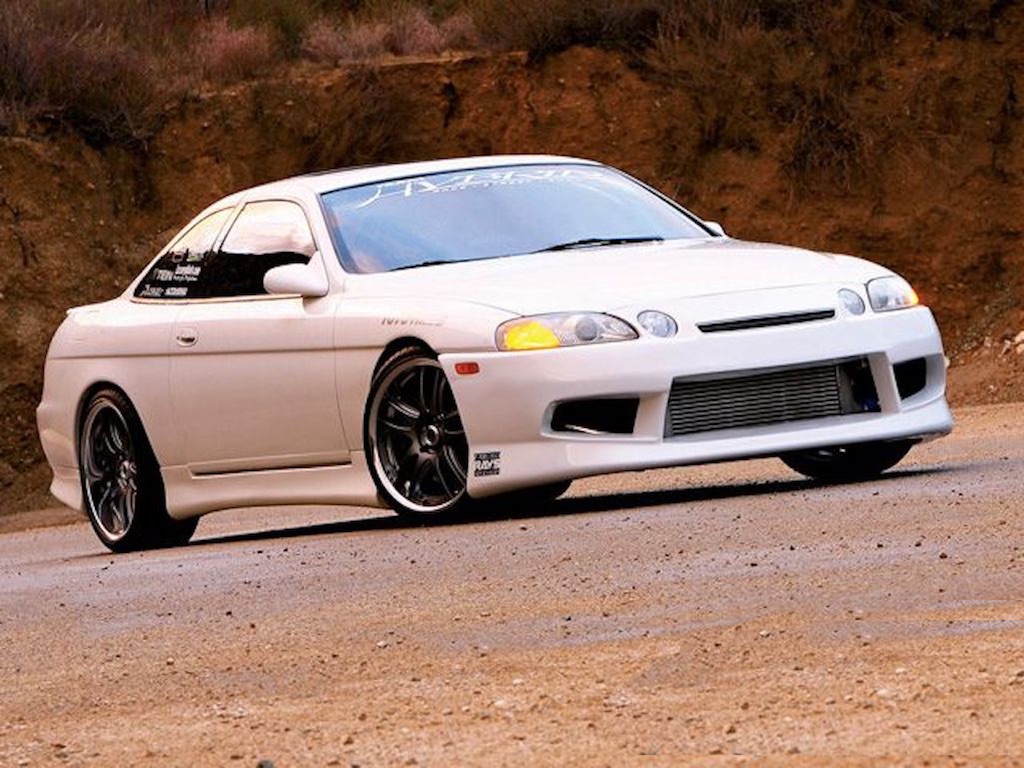
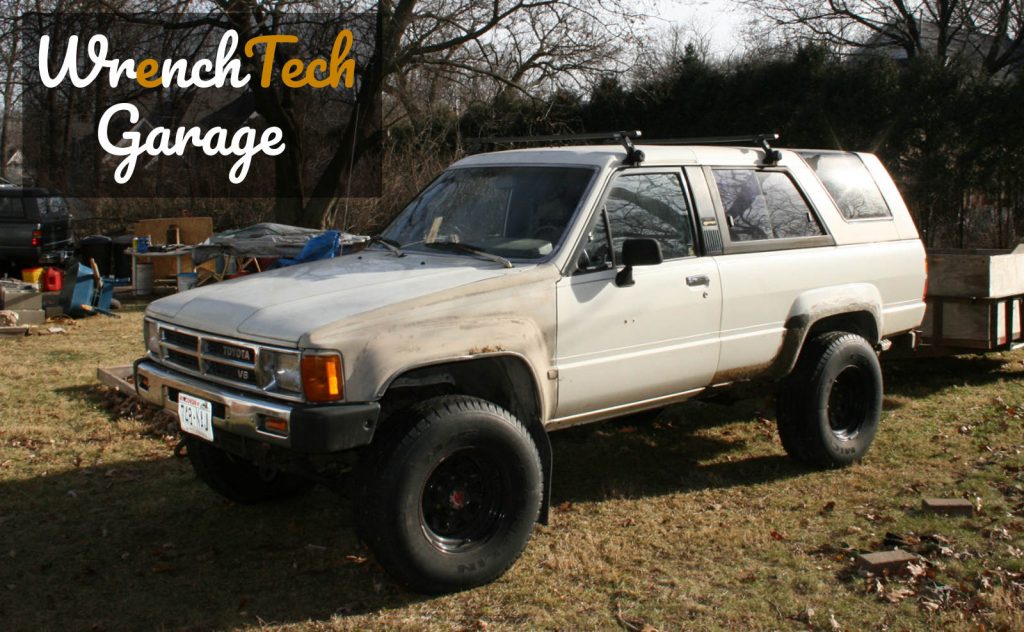

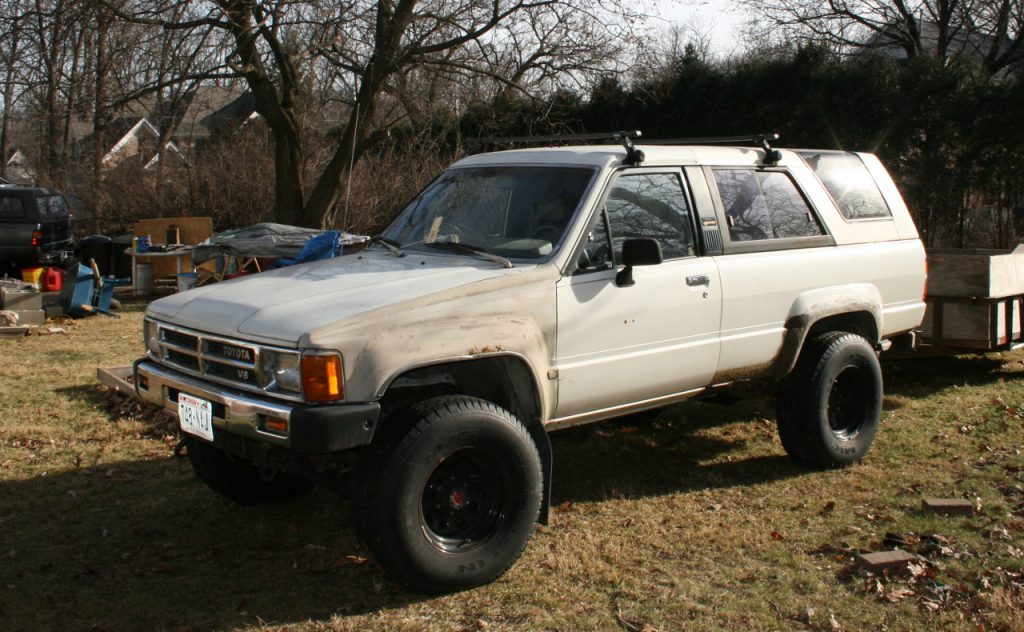
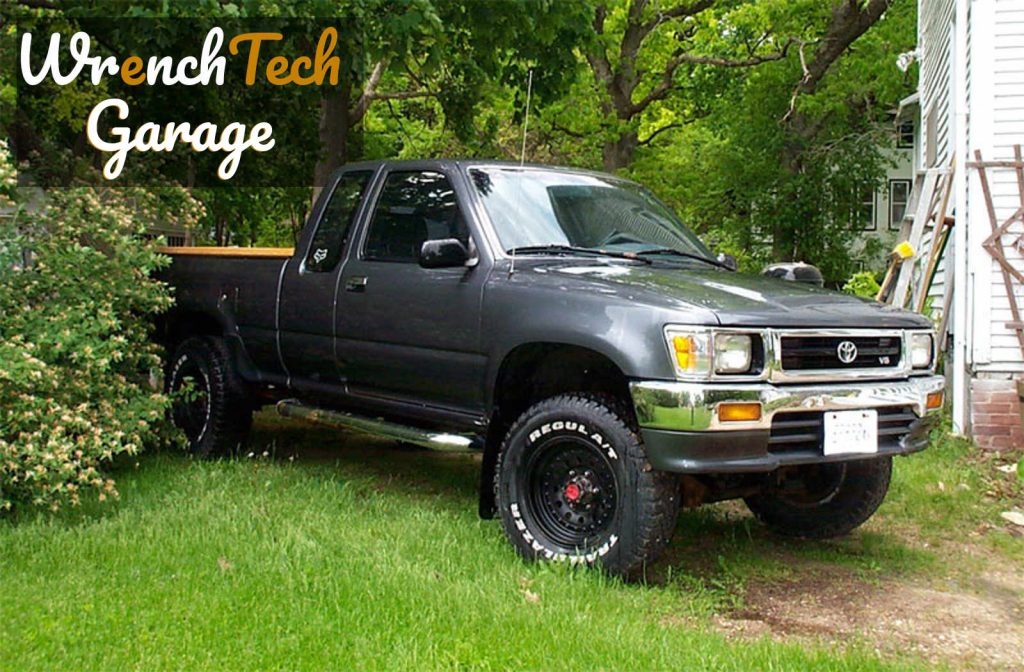
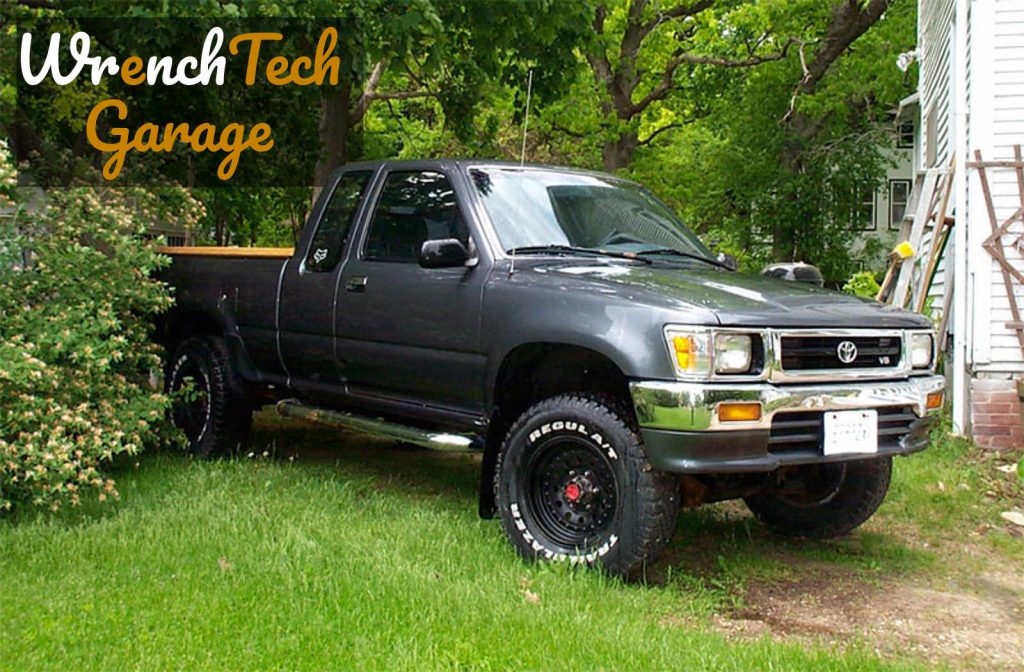
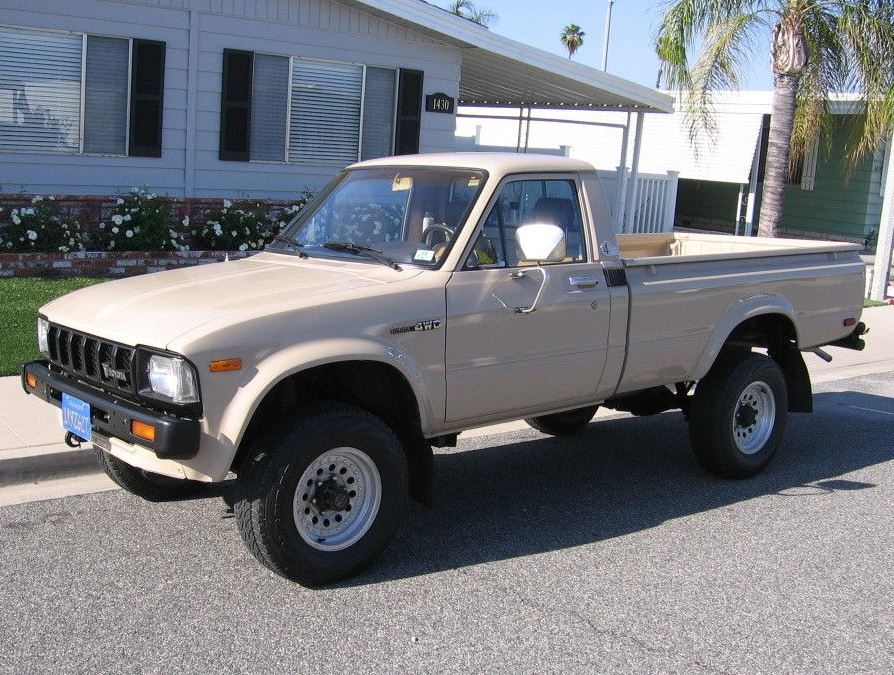


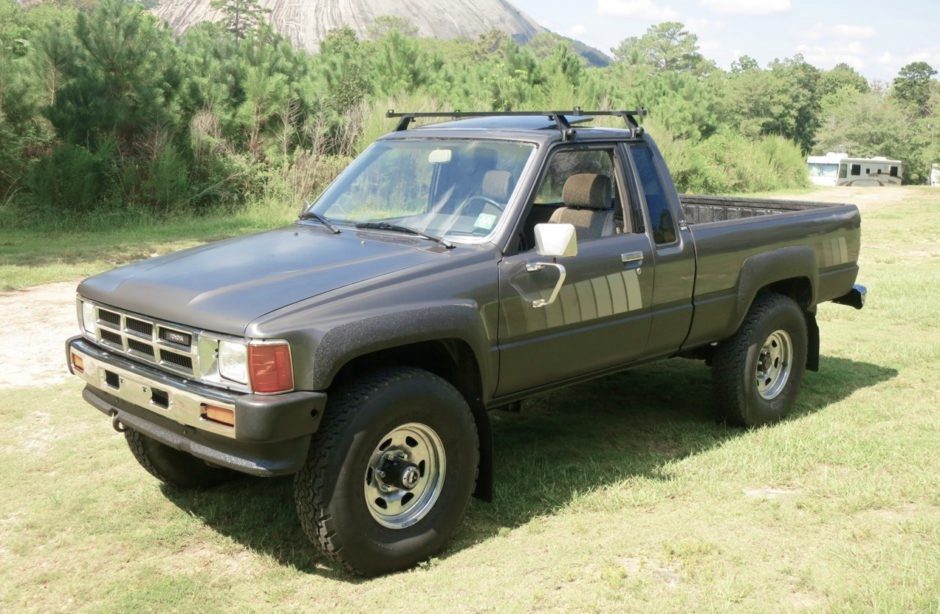
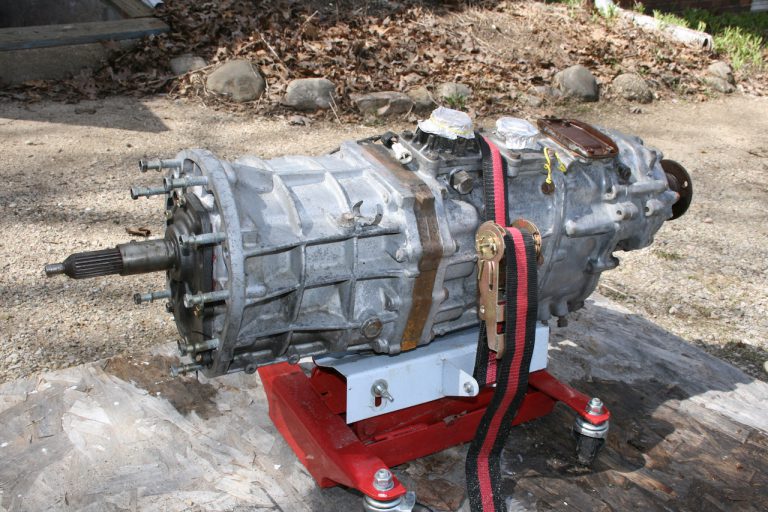
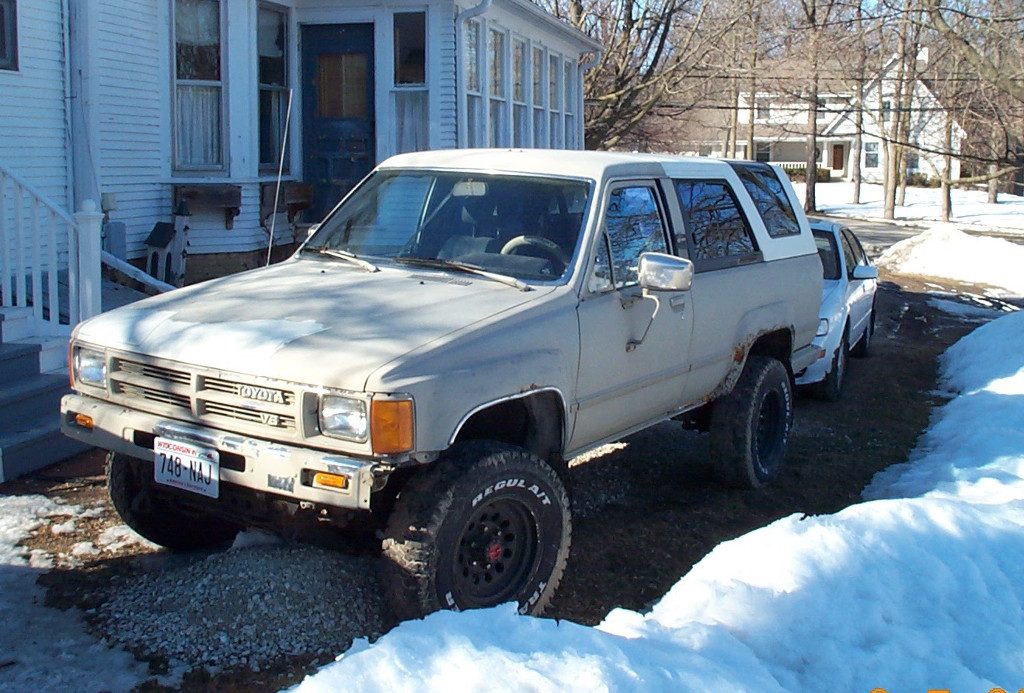
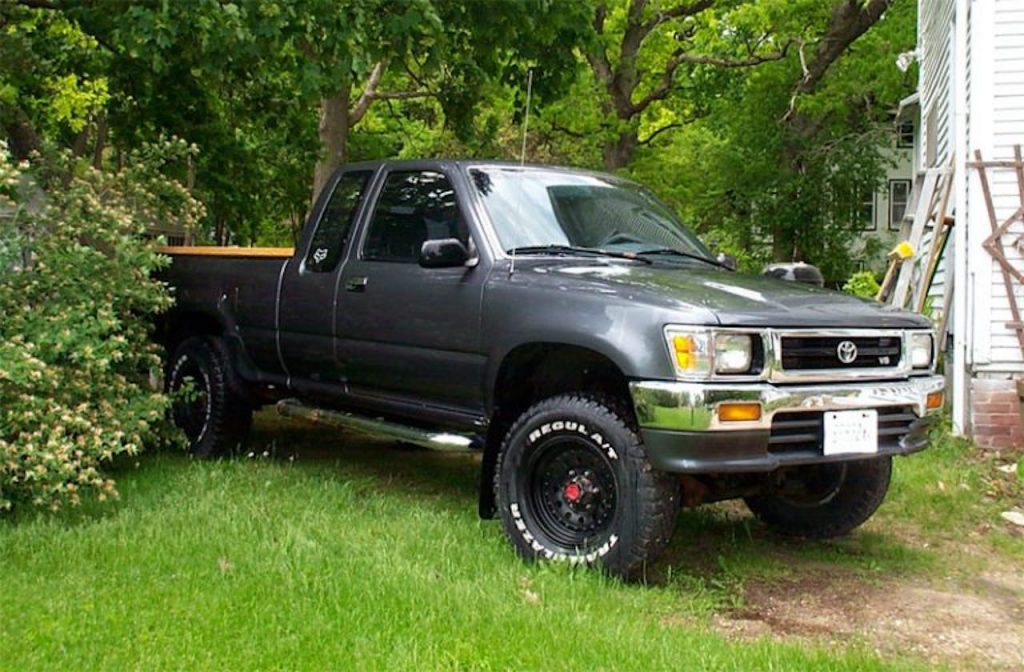
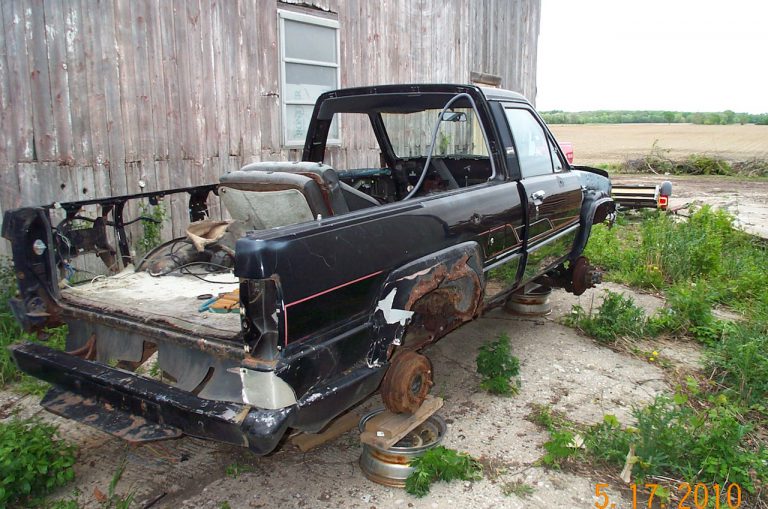
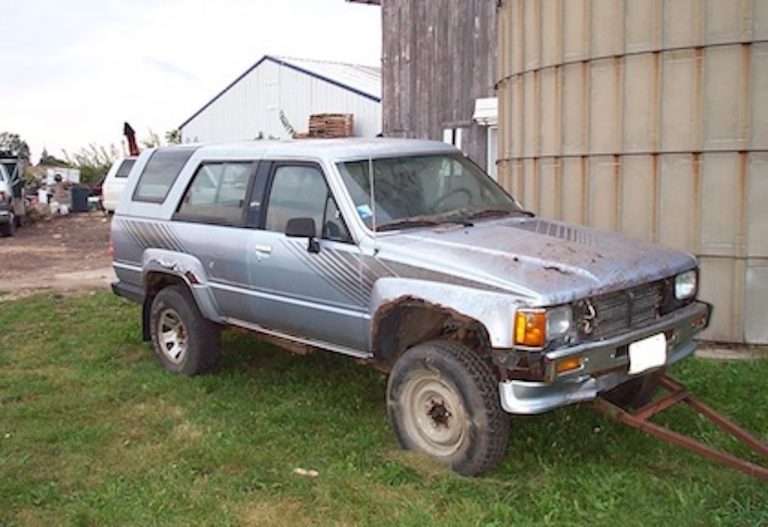
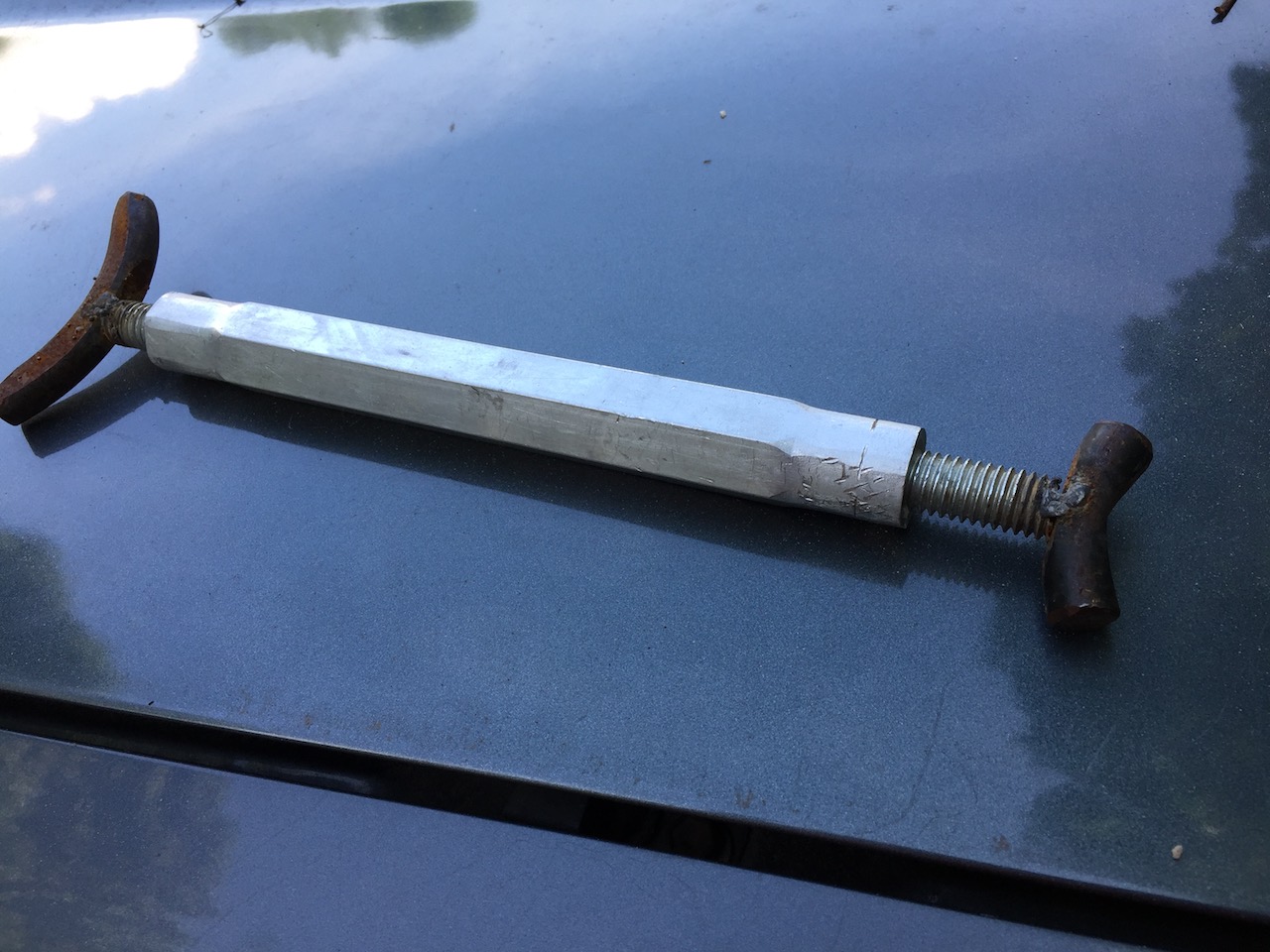
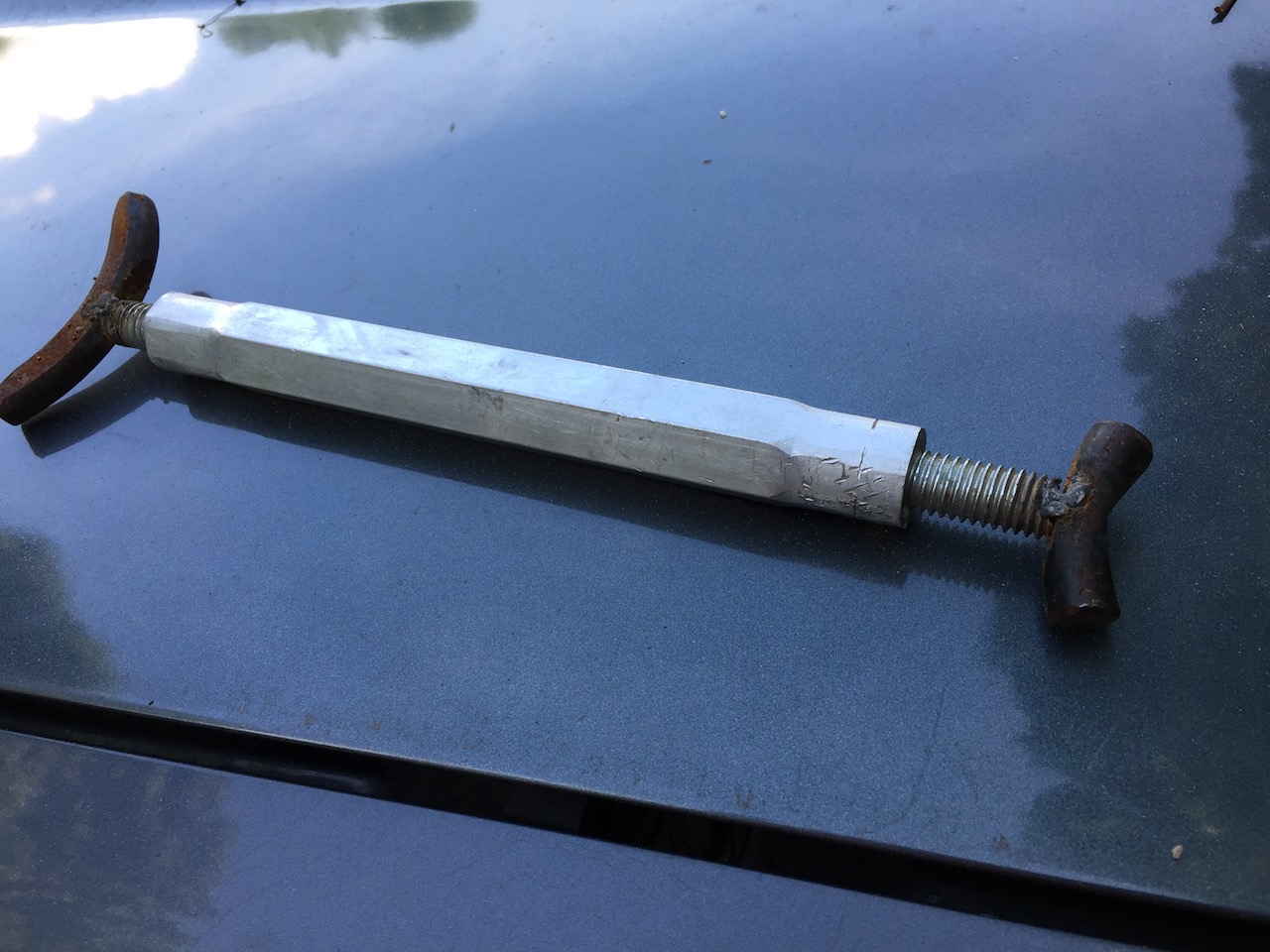


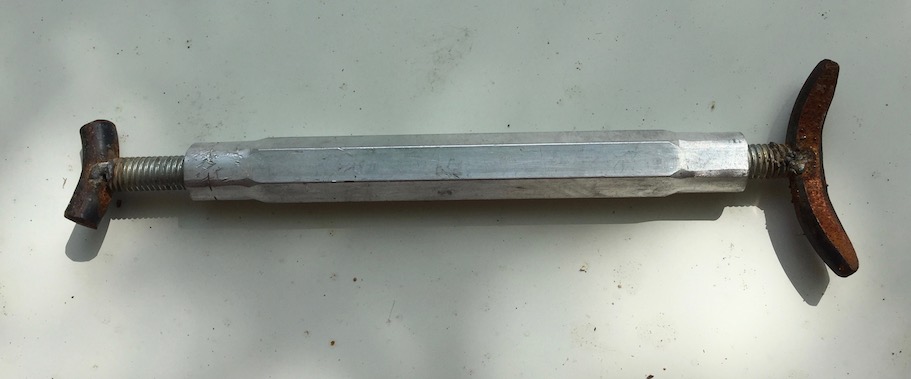
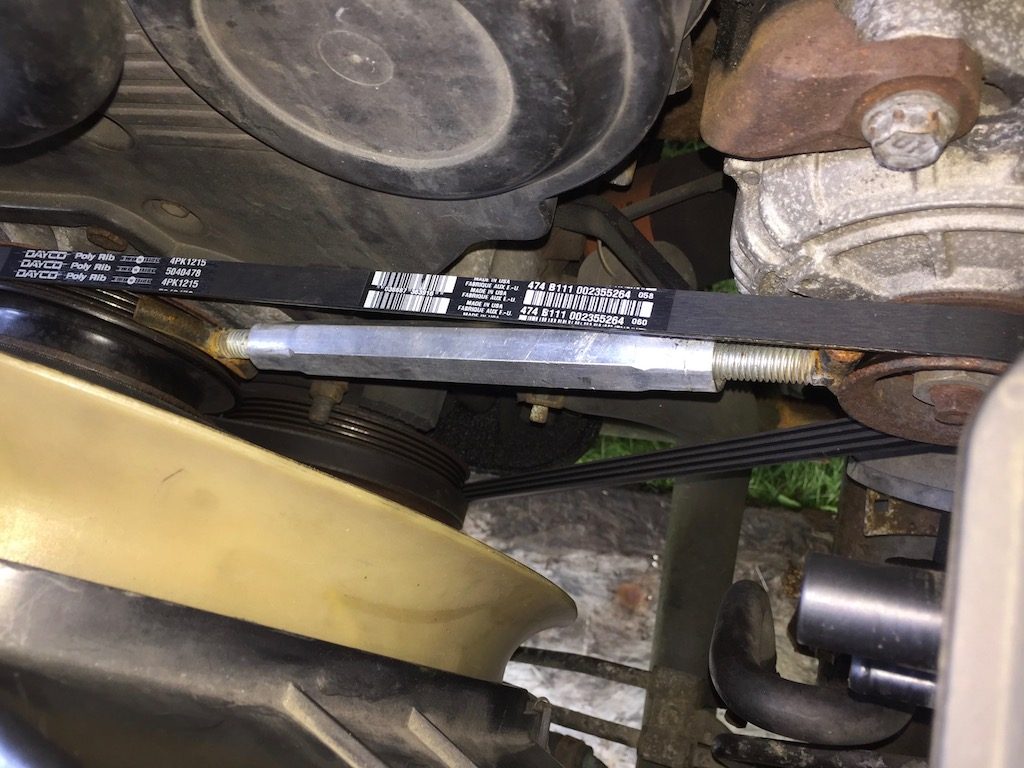
Recent Comments